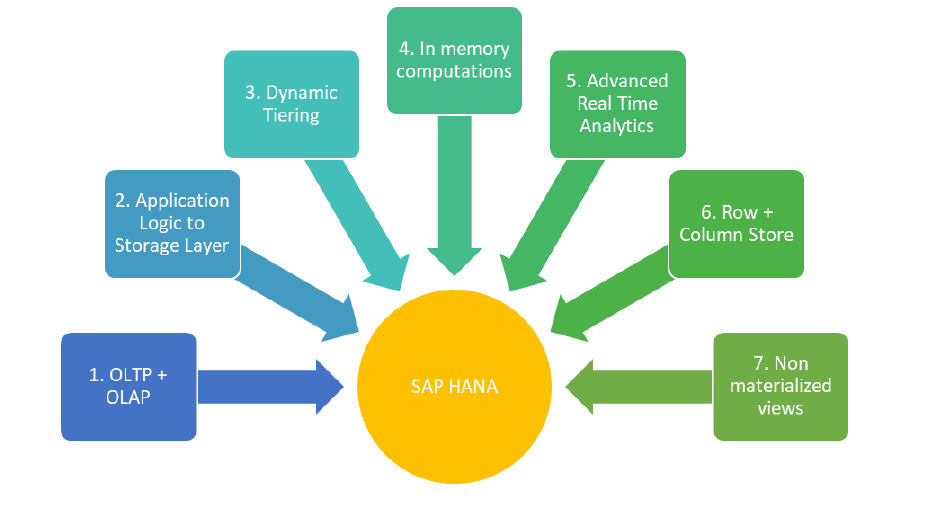
The success of a business is directly proportional to computing power of the enterprise, its ability to handle the critical operations and its efficiency to perform analytics to retrieve the golden information from the vast amount of data. With the today’s progressive competitive market, Enterprise Computing is expected to be fast and most accurate. The need for performance-oriented Enterprise Computing spreads across industries like healthcare, travel and hospitality, logistics, pharmaceuticals, automotive and so on.
Virtual reality is a technology that can convince human brain to believe that it is somewhere it is not! It is an artificial environment created by a software that can take you to any place and make you feel physically present there. Augmented Reality, on the other hand, is a technology that provides an audio-visual experience and brings a view of the real world in front of you along with the data or information required.
For instance, a TLX scanner machine at airport scans a pallet/box for dimensions and then calculates its volumetric weight. After each scan, a back-end system performs further calculations to correspondingly generate freight forwarding charges and terminal charges for the entire shipment comprising of many different sized pallets. The whole process relies on the power of the backend system to perform quick, accurate and data-intensive calculations. With eight TLX machines operating 24x7 and each machine scanning on an average 20000 pallets on a day, you can guess the massive volume of data and the vast number of calculations done every day. The authorities and businesses later scrutinize this data to generate reports that cater to their needs. Therefore, it is imperative that there is a need for powerful performance oriented platform that can:
SAP HANA intends to do just that. It is an in-memory data platform that lets you accelerate business processes, deliver more business intelligence, and simplify your IT environment. Some of its features and benefits are listed below.
1. Modern ERP systems are challenged by mixed workloads of OLTP (Online Transaction Processing) queries like create Sales Order, generate accounting document, display vendor and OLAP (Online Analytical Processing) queries like operational reporting, dunning, taxation, working capital analytics. SAP HANA Combines OLTP and OLAP data to create a single source of truth. It lets you develop GenX applications that combine analytics and transactions, and deploy them on any device.
2. In traditional databases, the latency in getting the data from the database for real-time applications results in analytics performed on an older version of data. In HANA, data, however, persists in main memory and is optimized for cache access. It manages large database volumes using multitenant database containers and dynamic tiering across multi-tier storage
3. HANA allows computations to be carried out in memory and as a result, reduce the I/O operations from memory greatly. It works on code-to-data paradigm where it allows code to be pushed to database layer instead of bringing data to the application layer for calculations and computations.
4. HANA fulfills the on-growing demand of advanced and real-time analytics. It leverages in-memory data processing capabilities – text, predictive, spatial, graph, streaming, and time series. It make decisions on the fly.
5. ETL (Extract Transform Load) from Database is cost intensive. SAP HANA gets rid of ETL by bringing application logic to the storage layer.
6. The ERP database used row storage alone. HANA, however, allows both row store and column store. Introduction of column store had made indices obsolete and as a result an easier and faster data access. The mixed storage type exploits the characteristics of enterprise data like unused columns and dominant NULL values by allowing better compression, faster access, and parallel processing.
7. It eliminates the need of pre-computed aggregates and materialized views. HANA lets you generate dynamic views that also allow vigorous calculations and filtering.
